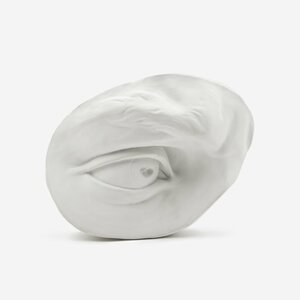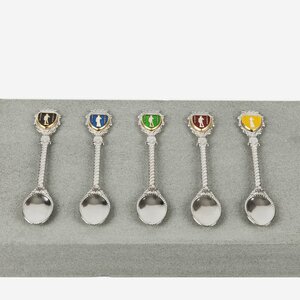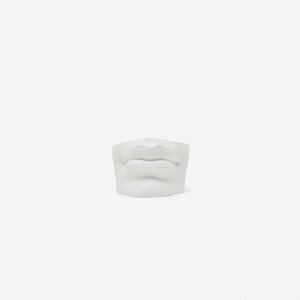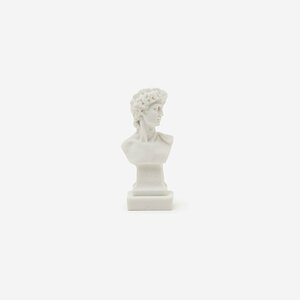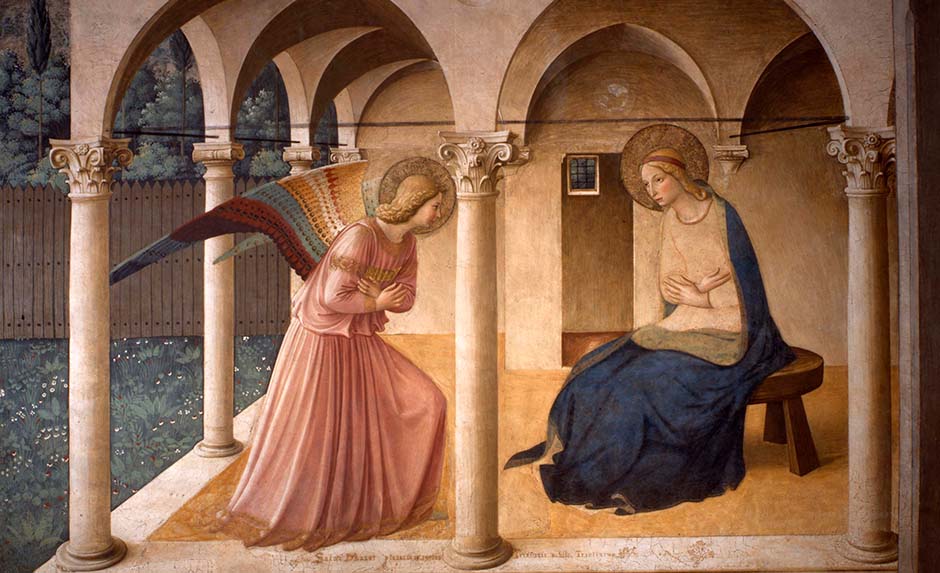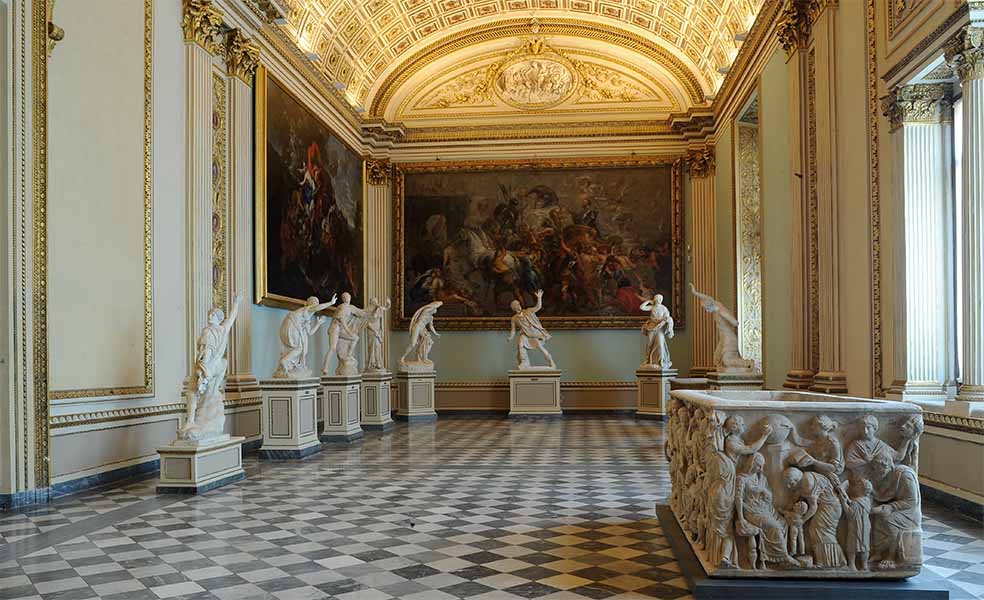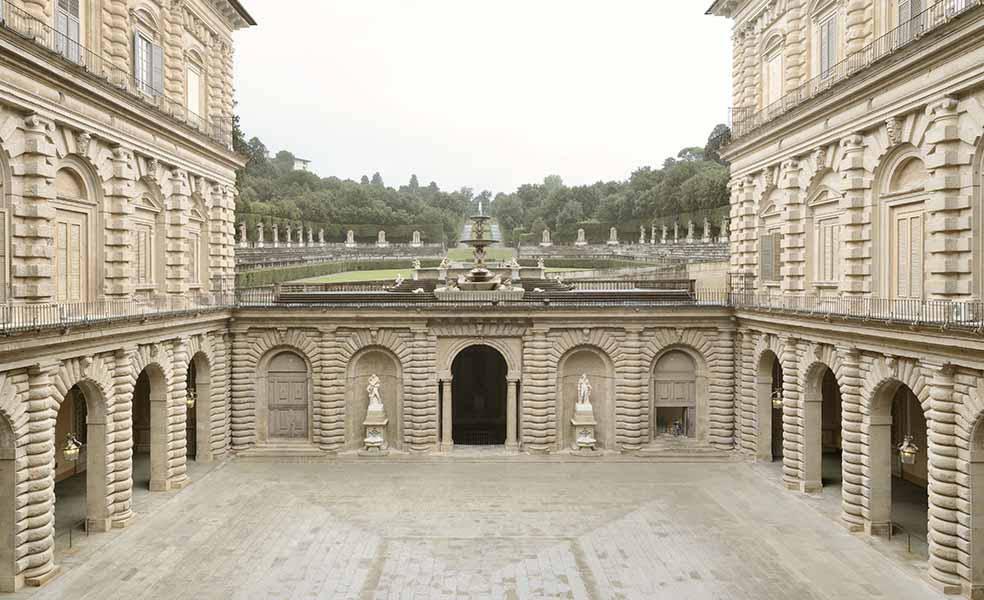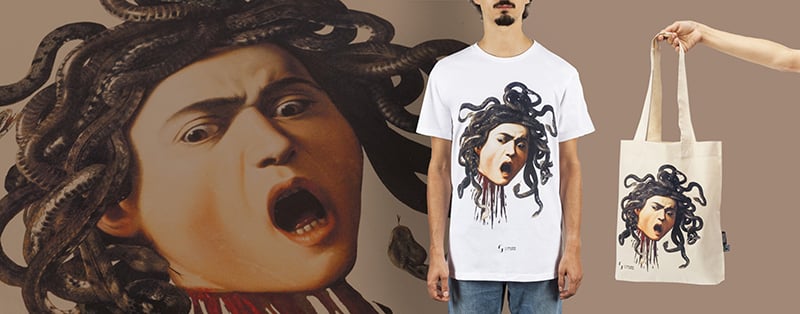Home / Experience / Renaissance
Renaissance
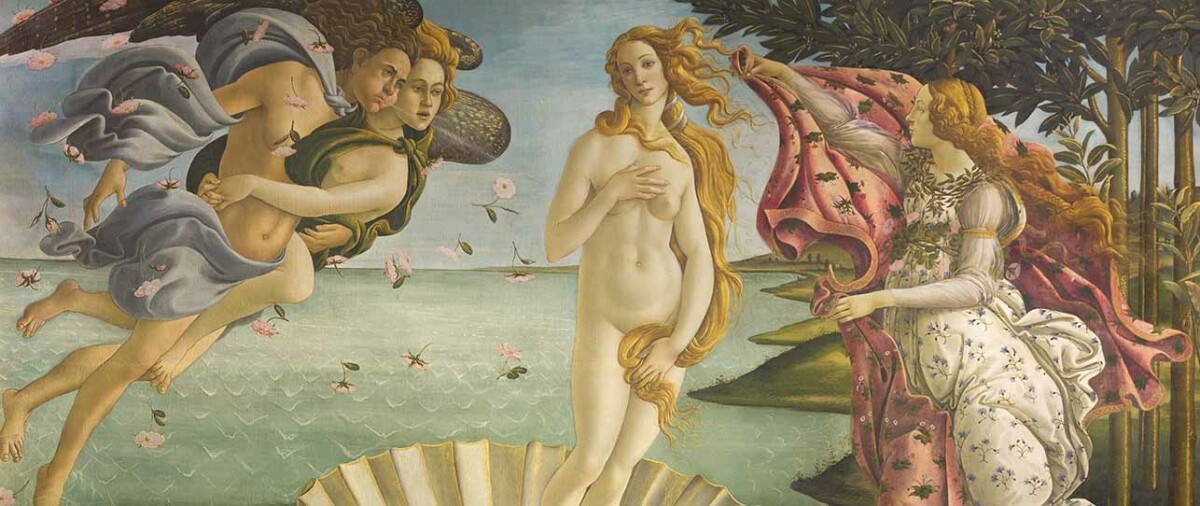
From the late fourteenth century to the first half of the sixteenth, a wave of renewal swept across Europe. The heart of this transformation – known as the Renaissance – was the city of Florence. Between the fifteenth and sixteenth centuries, there was a true rebirth of art and culture, fuelled also by the rediscovery of classical antiquity and its splendours.
In Rome, ancient buildings and sculptures were unearthed, collected and celebrated for their extraordinary beauty; while from the East the writings of Greek philosophers reached Florence, where they were studied and copied, providing new inspiration for the artists and thinkers of the time.
Florence and the awakening of culture and art
Dominated by a ruling class of wealthy bankers and merchants, Florence was one of the most prosperous and influential cities in Europe. The conditions were perfect to welcome the beginning of this new historical era: here, the leading families, guilds of arts and crafts, and the Church were willing to invest substantial sums of money in urban development.
Among the main actors of this cultural revival was the Medici family, which gradually gathered around itself such a rich circle of writers, philosophers and artists that Florence earned the nickname of a “New Athens”.
The Medici: between politics and patronage
The powerful banker Cosimo de’ Medici, known as the Elder (1389–1464), immediately grasped that promoting the culture of his city could enhance his family’s fame and political power. Deeply fascinated by ancient relics (a passion he would pass on to his grandson Lorenzo), he also financed some of the most prominent artists of the time, among them Filippo Lippi, Lorenzo Ghiberti and Andrea del Castagno.
But it was under Lorenzo, known as the Magnificent, that the Medici cultural programme reached its full realisation. At his court gathered important thinkers such as Marsilio Ficino and Pico della Mirandola, as well as artists now renowned worldwide, including Sandro Botticelli and even a very young Michelangelo.
Over time, the Medici established a de facto lordship in Florence, holding the reins of city politics and influencing foreign affairs as well.
Renaissance culture
Typical of this historical period was the conception of the intellectual as a public and social figure. During the Middle Ages, the most learned individuals were predominantly men of the Church, tied to late antique or early Christian culture. With the Renaissance, however, writers, philosophers and thinkers of every kind immersed themselves in the secular world: the most prominent artists became celebrities, politicians such as Lorenzo the Magnificent wrote poetry, and philosophers such as Pico della Mirandola were essentially laymen.
What united them, and distinguished them from their predecessors, was their passion for pagan art and culture – one need only think of the strong Neoplatonic vein characterising the humanist circle around the Medici.
This freedom from ecclesiastical constraints was made possible by the protection of new European rulers (including more than a few popes!) and by the economic and social prosperity that gradually spread in these years. Renaissance artists and intellectuals considered themselves superior to their medieval counterparts, too bound to religious dogma, and promoted a fundamental concept: the virtuous and rational man is at the centre of the universe, the measure of all things, the master of his own destiny and thus free from Divine Providence.
The Renaissance in art
In the arts, the first phase of this important renewal occurred between the late fourteenth and early fifteenth century and is generally known as the Early Renaissance. Its leading figures were Filippo Brunelleschi, Masaccio and Donatello, in architecture, painting and sculpture respectively. Abandoning the late Gothic style, they recovered classical aesthetic canons and combined them with new studies in perspective, artistic anatomy and civil engineering.
During the fifteenth century, the innovative approach of these three fathers of the Renaissance began to spread among Florentine artists, including Sandro Botticelli and Piero del Pollaiolo, culminating in the works of Leonardo da Vinci, Michelangelo and Raffaello.
Leonardo, a man of boundless curiosity, with his studies in the most varied fields, perfectly embodied the ideal of the Renaissance intellectual. His works, though few, reveal his precocious and insatiable genius, capable of introducing absolute novelties such as sfumato.
Michelangelo’s sculptures seem to come to life, surpassing the ancient models in grandeur and realism: his David (1501–1504, Florence, Galleria dell’Accademia) still astonishes for its beauty and majesty.
Raffaello, the youngest of the three, after his apprenticeship with Perugino and mindful of the innovations of the two great masters, created paintings of unique grace, in which the human and the divine appear to coincide.
These three artists, who lived between the fifteenth and sixteenth centuries, represent the formal, intellectual and artistic peak of what is now called the High Renaissance, which paved the way for the subsequent artistic movement: Mannerism.
Photo: Spring, 1477–1482, Sandro Botticelli
Related products
Related museums
From €8,00
The Museo di San Marco began as a monastery of the Dominican friars around 1437 when Cosimo de’ Medici commissioned the architect Michelozzo to renovate the old complex building. The present building is a masterpiece of Renaissance art and houses a rich collection of works, in particular by Beato Angelico, who lived and worked here for most of his life.
Average visit time:
1 hour
From €16,00
Originally the residence of the wealthy Florentine banker Luca Pitti, this magnificent palace was purchased in 1550 by Grand Duke Cosimo I de’ Medici, who established his court there with his wife Eleonora of Toledo. After two centuries, from 1737, the palace was to be the residence of the Lorraine family, who succeeded the Medici in the Grand Duchy, and later of the Savoy family during the five years when Florence was the capital of Italy.
Average visit time:
2 hours


